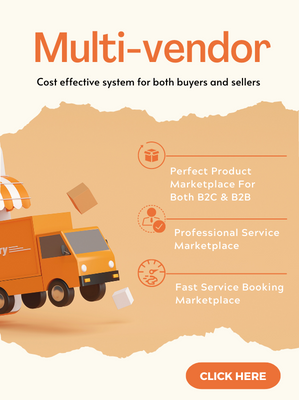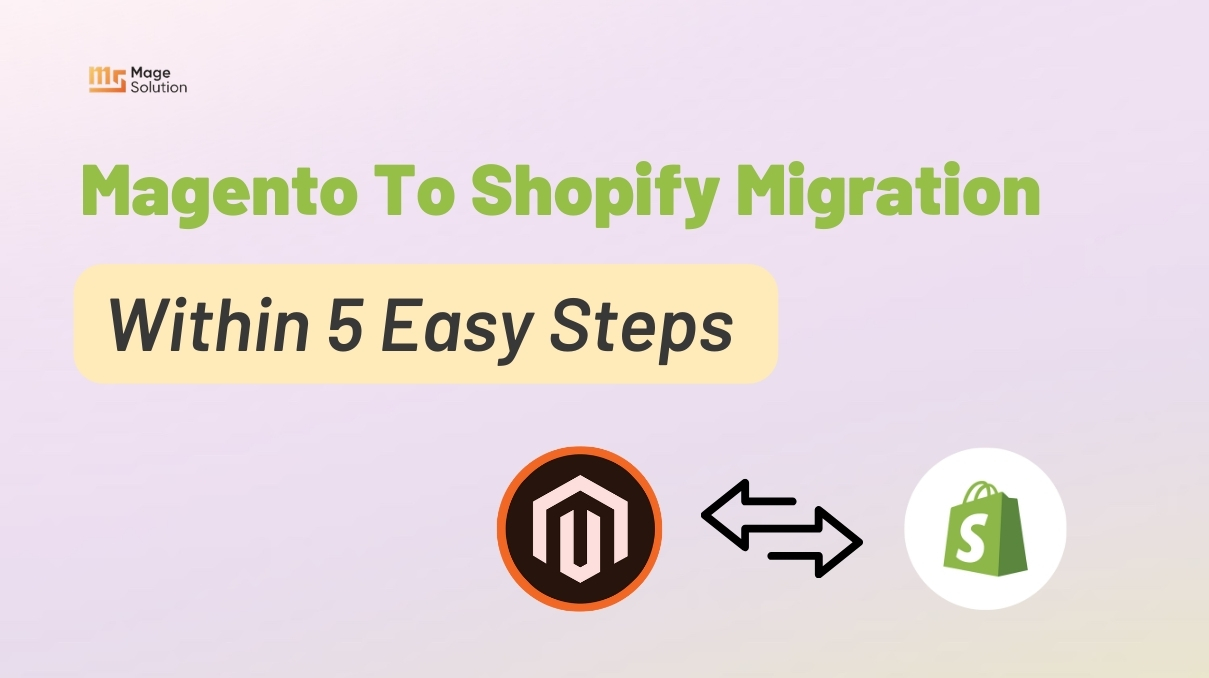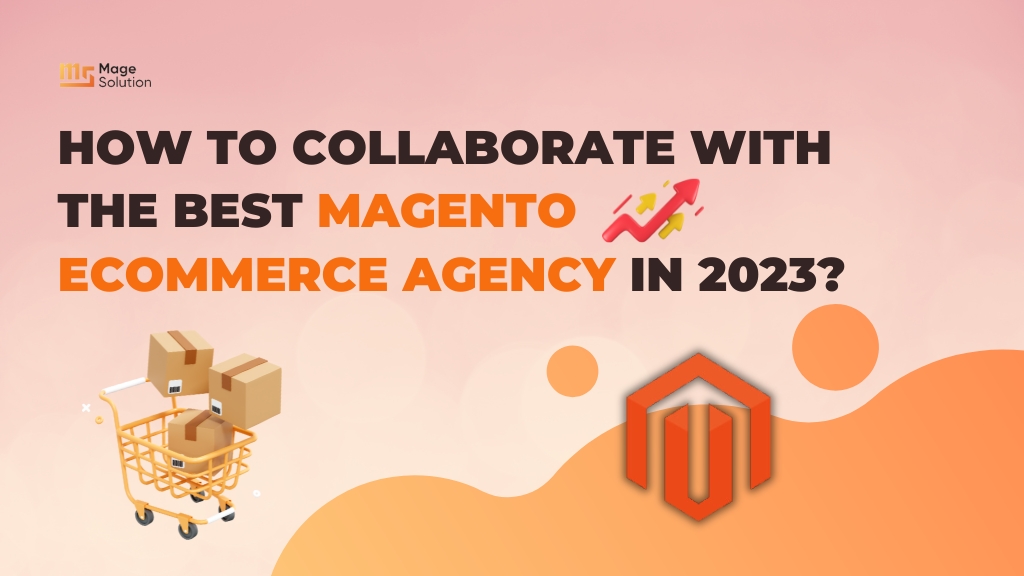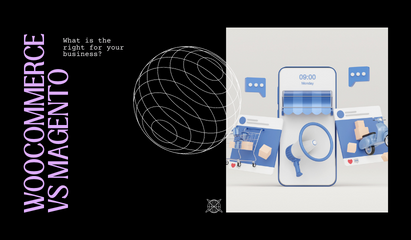eCommerce marketing strategies describes a range of activities undertaken to promote your eCommerce website. The best marketing strategies include both online and offline marketing tactics, and account for all stages of the funnel, from awareness to consideration to purchase, and lastly, retention. There’s a huge number of different marketing strategies out there, and in this post, we’re going to have a look at the best strategies for 2021 you can use to set yourself apart and get more sales.
Low-Cost Ecommerce Marketing Strategies

1. Convert one-time purchases into subscriptions
Many online stores are likely aware of the effectiveness of upselling and cross-selling, but only a few experiments with finding new methods to maximize it further.
MeUndies is a brilliant example. You can visit one of their product pages to see two pricing options: regular price and member price.
When you’re about to purchase one of its products, MeUndies’ll provide you a membership upgrade and a better price. While doing that, they highlight the obvious advantages of membership (save 23%) and contrast it with a one-time purchase ($15/month). If you do not become a MeUndies subscriber, you pass on a unique member price
2. Convert shoppers with Sold Out items
For online customers, sold-out product pages mean one thing: frustration. For brilliant marketers, on the other hand, sold-out items are a goldmine waiting to be tapped. Many the owner stores solve the disappointment of selling out with out-of-stock notifications. It’s an effective way to gather valuable leads and boost your opportunity of turn leads to customers when the products are back in stock.
Instead of sending shoppers back home empty-handed, try guiding them in a different direction. When a product in a customer’s wishlist goes out of stock, the “Move to Bag” button changes to “See Similar products.”
ASOS doesn’t use an out-of-stock alert system, but this brand applied a way to keep shoppers engaged on sold-out item pages and boost their likelihood to convert.
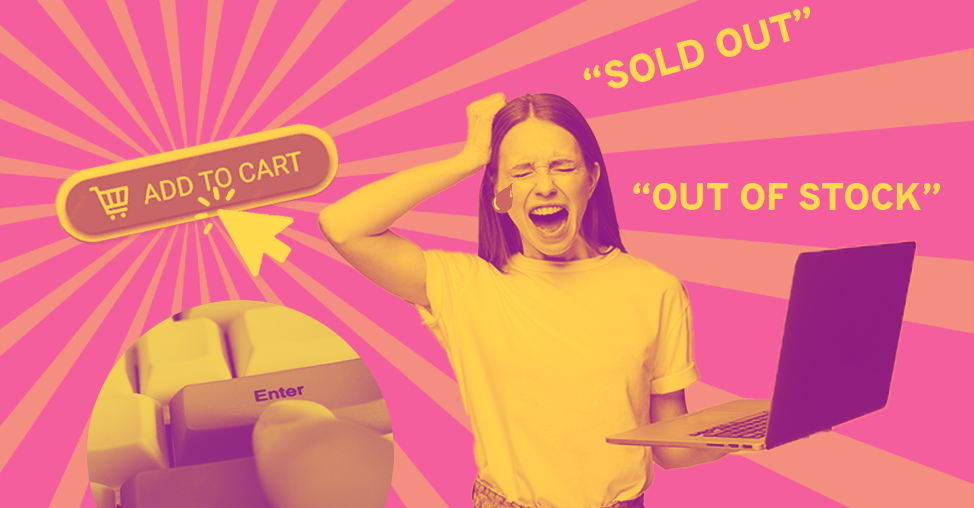
3. Convert wishlists with discounts
As an online store, you can’t ignore your customers’ wishlists because they have a high prospect to convert. One method to reactivate forgotten list products is to send wishlist reminder emails. It is important to display wishlist items with a clear and simple design and include a strong CTA to help your prospects re-consider the orders.
Now you had a good reason to start a wishlist and am more likely to purchase your favorite products when they are on sale.
If you want to discount your products, you can generate a promotional code that applies to your subscribers’ wishlist items. This way, you’ll create a feeling of exclusivity and enhance your chances of converting idle wishlist items into sales.
4. Combine FOMO with Free Shipping
According to one study, 95% of online customers purchase more items, when there’s a free shipping option. More, free shipping not only encourages prospects to complete the purchase — but also helps you sell more. By triggering potential customers’ fear-of-missing-out (FOMO), you can encourage them to spend more and qualify for free shipping.
Have a look at how ASOS uses this method during checkout:
When you were about to place your order, you will get this gentle free shipping reminder. And naturally, we spent 3,20 Danish Crowns (which is less than 60 cents) to receive free shipping.
It’s because ASOS activated your FOMO, and you didn’t want to miss out on free shipping over60 cents.
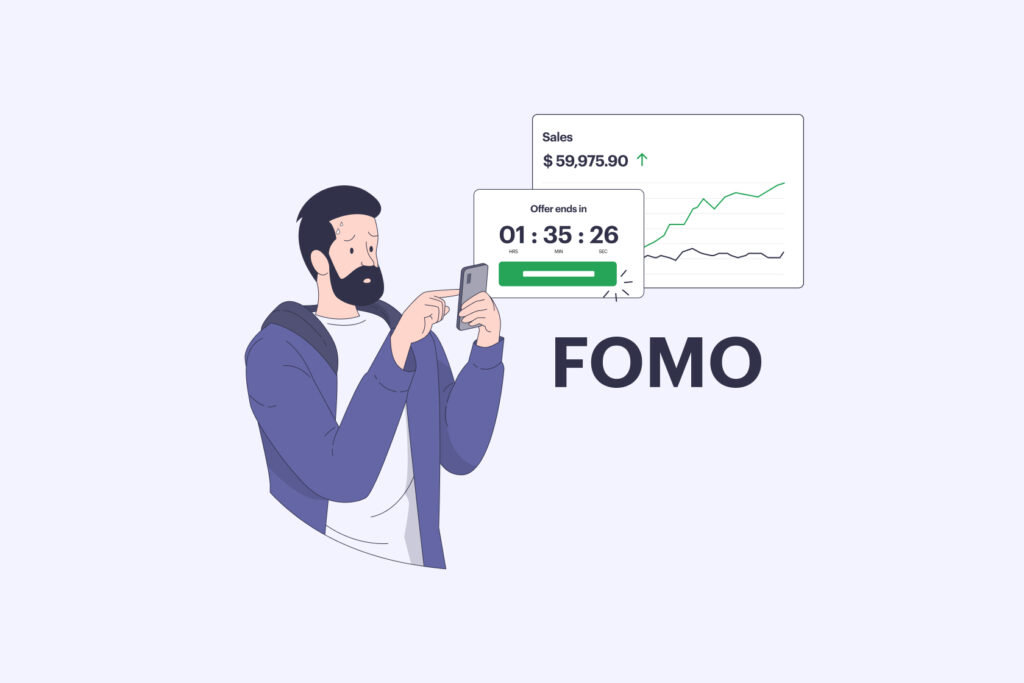
5. Case Studies
Case studies help you to promote customers’ successes in a way that pushes potential customers over the edge. They are meant to relate to your buyer persona, so you should interview clients that most closely represent your target customers. Case study best practice is to showcase a customer’s life before your product and how it has drastically improved since.
6. Capitalize on user-generated content (UGC)
What if you could have your clients market for you for free? That’s exactly what user-generated content, or UGC, is. It’s about finding strategies for your clients to promote and share your brand. This way will help you in a couple of ways:
- It drives traffic to your eCommerce website
- It builds an authentic following of customers who are interested in what you provide.
Coca-Cola did an excellent job of this with their “Share a Coke” strategies by creating customized Coke bottles with people’s names, which naturally was shared across social media platforms.
7. Referral Marketing
When customers solicit their friends, family members, and co-workers to purchase from you, that is a referral. Sure, this may happen consistently if they really enjoy your product, but you can make sure that it happens more frequently through a referral program.
Simply ask your clients to refer others in exchange for something of value (e.g. discount, money, free gift) that you can provide to either your new customer, your existing customer, or both. Dropbox is a great example of this — they provide additional cloud storage space when you refer a friend to sign up.
8. Local Marketing with free shipping
This is an often-overlooked eCommerce marketing strategy business, but local marketing helps you to double down on the areas where most of your customers are (if you have a large population of them in one area) and allows you to provide incentives to your prospects base.
You can use tracking cookies to decide where your potential customers are located. Then, provide discounted (or free) shipping to potential customers in the areas where you have warehouses or shipping facilities. The incentive might be just what you need to have a new customer.
PPC Ecommerce Marketing Strategies
1. Pay-per-click ads
You might be wondering why your eCommerce store needs to use pay-per-click advertising (PPC) if you rank for keywords organically. PPC advertising is extremely effective for creating traffic to your eCommerce store while you establish organic rankings. With Google Ads, you can set up your ads to showcase when users search for certain keywords. If they don’t click on your ads, you won’t pay a cent. The results can be instant, and PPC ads are very helpful if you target the right keywords
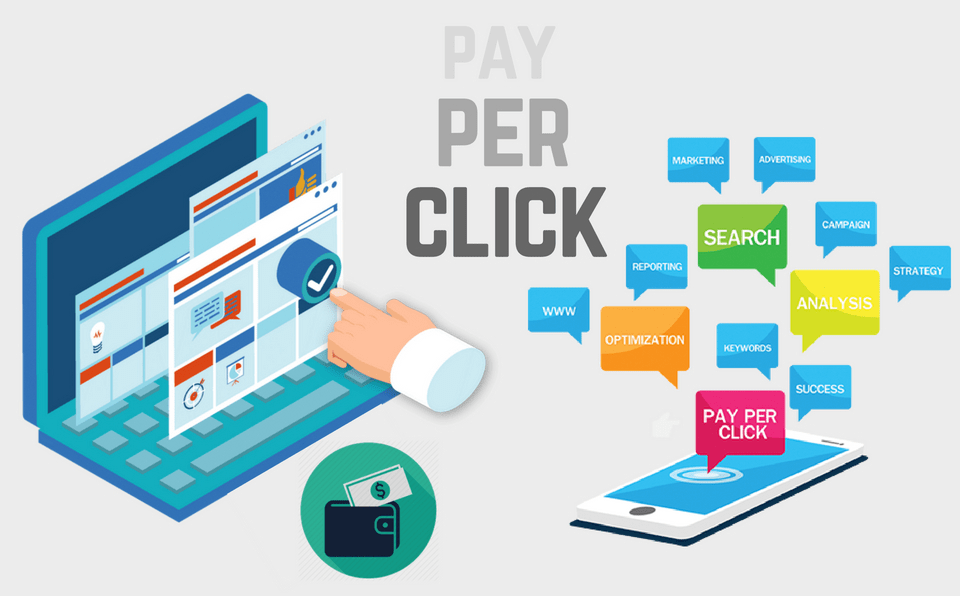
2. Automate email marketing
Many eCommerce stores fall short because they spend a lot of money to get the consumers to make the first purchase, but they forget to remarket consumers via email marketing and other channels to encourage them to come back and make future purchases. So with automating email marketing, it offers you an automated method to make that happen. Set an automated campaign for holidays. In this way, you can also create product review content in an automated way.
3. Run PPC ads on Facebook, Instagram, or Promoted Pins
Social media offers huge channels today and they have a chunk of audience. These ads operate differently than AdWords. Instead of targeting visitors by search intent and showing them ads when they’re searching for you, you target users based on different qualities like age, interest, and location to introduce them to your product
Promoted Pins is Pinterest’s PPC system and operates a little like a combination of Facebook Ads and Google AdWords.
4. Retargeting
Retargeting is the eCommerce marketing strategy of sending targeted ads to specific users who have already interacted with your business. This could come with targeting users who:
- Have recently visited certain pages on your online store
- Have purchased from you in the past
- Our email subscribers
- Shoppers in the past, but are no longer engaged
High-TechEcommerce Marketing Strategies
Ready to launch your eCommerce marketing strategies into the next century? These high-tech strategies are best effective for eCommerce businesses who have some extra marketing money to invest and have a product type that users will constantly engage with.
1. Use PWA technology
People who shop online increasingly prefer to use mobile devices rather than desktops, so eCommerce stores need a mobile-first approach that PWA delivers. PWAs proved their effectiveness and ability to improve user experience and increase profits
Progressive web apps (PWA) allows prospects to purchase products across connections, devices, or operating systems. PWA’s load faster than a website and helps shoppers to view pages that they have previously browsed without the internet.
AliExpress, an Alibaba site, has pioneered the application of progressive web applications in commerce and claimed that setting up great mobile experiences through the PWA platform helped them to develop three times faster than an eCommerce website.
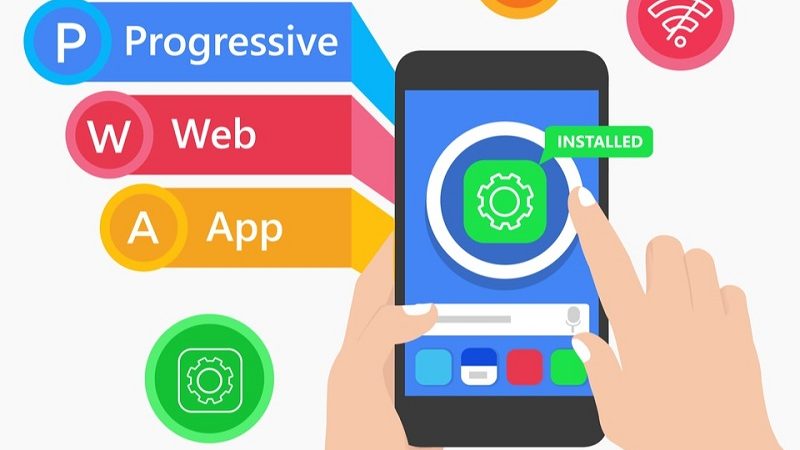
HOT!! The version 2.0 of Claue have been released
Latest Update: We’ve just released the version 2.0 of Claue Multipurpose Magento 2 Theme, with with a bunch of performance improvements and exclusive features. Check this theme out now: Claue Magento Theme 2. 0
Claue – Clean, Minimal Magento 2&1 Theme is an excellent template for a modern and clean eCommerce store with 40+ homepage layouts and tons of options for shop, blog, portfolio, store locator layouts and other useful pages. Claue version 2. 0 comes with a bunch of exclusive features including:
- Being based on Luma theme.
- Meet all standards of Magento Theme
- Significant performance improvement
- Compatible with most third-party extensions.
- Fully compatible with Magento 2.4.x
This second advanced version completely differentiates from its previous one. Thus, if you are using Claue version 1 and want to update to Claue version 2, you can only rebuild a new website no rather than updating from the old version. Now, let’s get back the main topic.
2. Voice Commerce
Voice commerce is becoming popular fastly, as it helps to expand the customer base, improve customer retention, and satisfaction. Voice commerce sales are forecasted to reach $50 billion by 2022, according to data from OC&C Strategy Consultants. You can take the advantage of Voice commerce by
- Optimize your content to enhance the opportunity of appearing in voice searches.
- Include a new skill on Alexa and Google voice assistant devices.
- Provide voice-based navigation on your eCommerce website and mobile app.
- Make sure your products can be purchased with a simple flow using voice command.
3. Target Virtual Reality Technologies
There is a lot of different methods to get involved with Augmented Reality (AR) and Virtual Reality (VR), though it’s worth noting that the latter in particular may only put you in front of very specific types of audiences. These audiences will be tech-savvy and likely relatively high income.

Check out >>> Claue Magento 2 Theme to improve product visualization with Product 3D & AR modules
Augmented Reality is a type of VR and is often the best option for eCommerce marketing strategies. Examples could include:
- A furniture eCommerce store that lets you upload pictures of your actual room along with its dimensions and then scale the furniture so you can see how it would look.
- Apps help users to hold their phone over their wrist to see how a bracelet would look.
- Makeup retailers allow customers to upload pictures of themselves to see how the different products would look on them.
Remember, the best way to figure out what works for your prospects is to test. So try out these expert-approved eCommerce marketing strategies to strengthen your business funnel and boost sales in 2020!
